How Emojis Dominate the World of Communication
by Jochen Ressel
In the digital world, where our communication is increasingly shifting to the virtual, emojis have taken on a central role. What once began as a simple way to express emotions in text messages has evolved into a global language that transcends cultural boundaries and is profoundly changing the way we communicate with each other. For the Austro-British Society, which focuses on the cultural links between Austria and the UK, it is interesting to look at how these digital symbols have developed, how they are used in both countries and beyond, and the cultural nuances that come into play.
The Origins of Emojis
It all started with the smiley face. Harvey Ball, who was commissioned to design a smiling face for an insurance company in 1963, is considered the inventor. This was to be printed on badges, cards, and posters. The idea was to make employees laugh while they worked. He drew a circle, coloured it yellow, and placed two dots, the eyes, and a semi-circle, the mouth, inside. Less than ten minutes later, the smiley was finished.
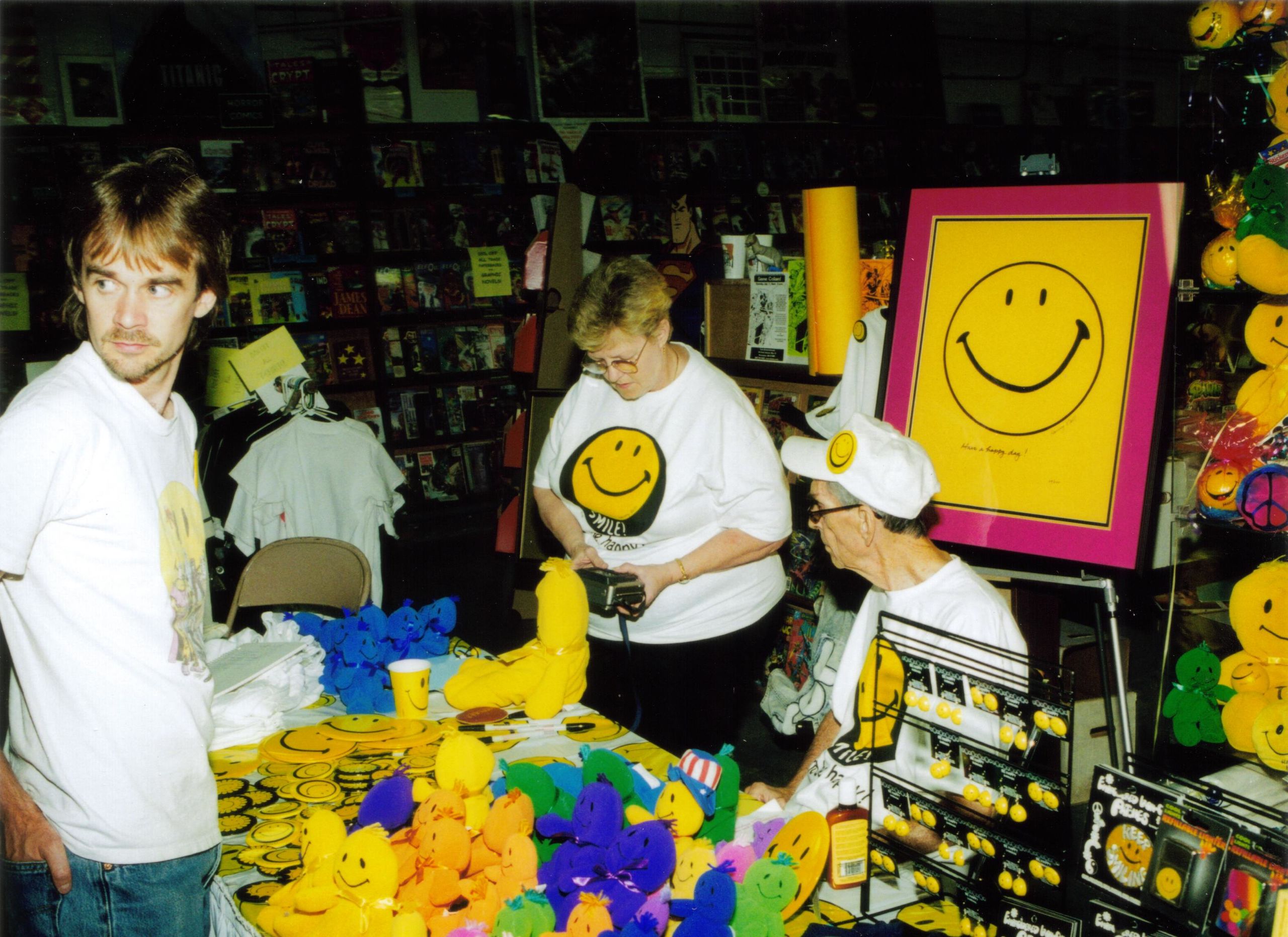
The company distributed 100 smiley badges to its employees. Its popularity grew rapidly and by 1971, more than 50 million had been sold – the smiley became a globally recognised symbol, and very soon, countless products featuring the face were available for purchase: from mugs and T-shirts to bed linen. Bands like Nirvana use a slightly modified form of it as a kind of logo, and many people have it tattooed on their skin. Harvey Ball only received US$ 240 for his graphic – that’s all – but he laid the foundation for ‘emojis’.
However, there are also proponents of the theory that the smiley is much older. Two eyes and a curved mouth can be seen on an approximately 4,000-year-old clay jug found in Karkamis, Turkey. Even though the symbol is not round and not yellow, some claim that this is the oldest smiley face in the world.
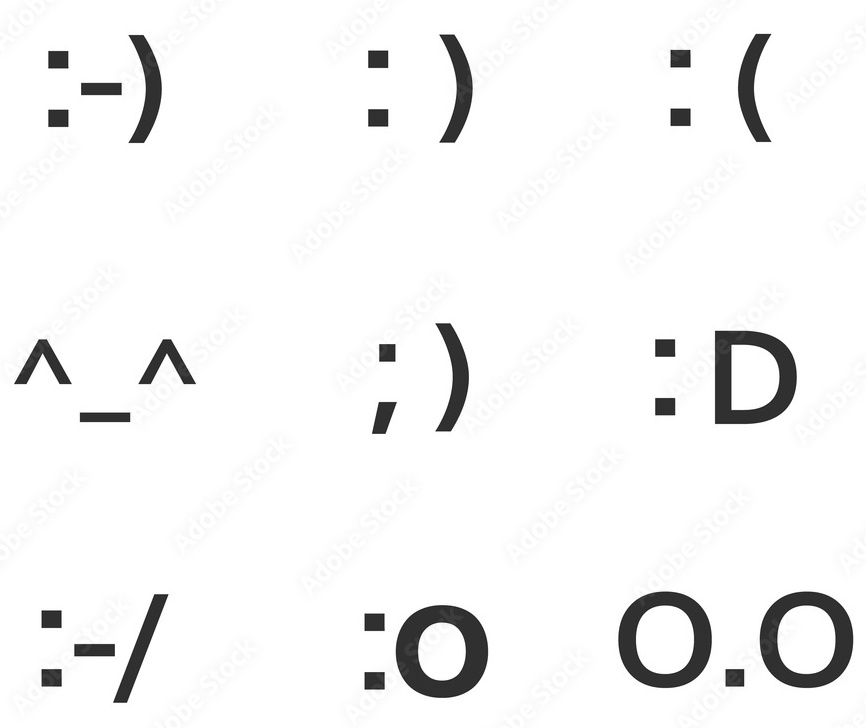
‘Emoji’ means ‘picture character’ in Japanese because the history of emojis begins in Japan. Shigetaka Kurita, a designer at the mobile phone company NTT DoCoMo, developed the first 176 emojis in 1999 to express emotions in electronic communication in an uncomplicated and brief way. They represented basic emotions by stringing together punctuation marks and letters.
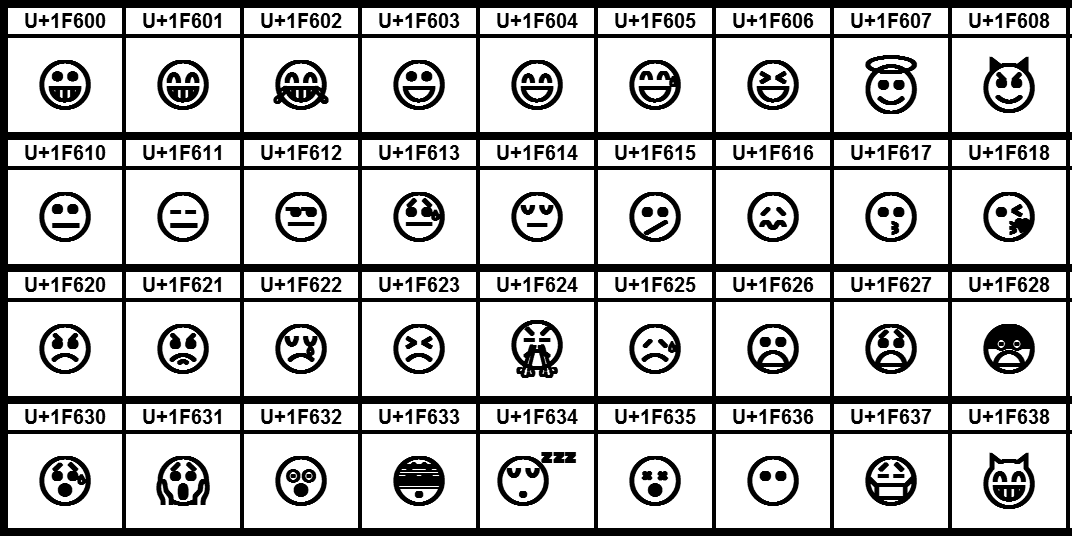
As technology developed, Apple was one of the first major companies to recognise the power of emojis and integrate them into its keyboards as graphic symbols. As a result, these now more graphically shaped symbols began their worldwide triumphal march. Today, communication without emojis is unthinkable. They are not only used on smartphones but also in social media, emails, and even in business communication.
Emojis as a Global Language
The basis for the global use of emojis is the fact that they are understood worldwide, regardless of language. A smiling face is understood in the UK as well as in Austria or Japan. As a result, emojis have become a kind of global language that enables people to communicate with each other regardless of their native language.
However, there are also cultural differences in the interpretation and use of emojis. For example, the ‘thumbs up’ emoji is often used in Western countries as a sign of approval, while in some cultures, it can be seen as offensive.
The ‘face with tears of joy’, which was voted Oxford Dictionary’s ‘Word of the Year’ in 2015, is also interpreted differently in different cultures. We may also miss some emojis because they only symbolise our European culture and sometimes do not trigger any associations at all in other parts of the world.
Emojis have become indispensable in today’s digital communication. They are not only used to express feelings but also to set the tone of a conversation or avoid misunderstandings. At a time when many conversations are conducted in writing and often over long distances, emojis offer a quick and effective way of conveying nuances that could be lost in a purely textual exchange.
In the business world, however, the use of emojis is often controversial. While they are widely used in personal messages and on social media, there are still uncertainties in more formal contexts. In the UK and Austria, for example, the use of emojis in business emails is seen by many as too informal, while others argue that they can help create a friendly atmosphere and avoid misunderstandings. On social media business profiles, on the other hand, emojis are absolutely common.
The Future of Emojis
The world of emojis is constantly evolving. New emojis are introduced every year to better reflect the diversity of human experiences and identities, but without creating an inflationary amount of them. These developments thus also reflect social changes and increasing awareness. For example, emojis in different skin colours can be selected on some social media platforms.
With this blog, we also want to raise awareness among the members of the Austro-British Society to be mindful of these changes and to pay attention to how emojis, as part of our digital culture, show both similarities and differences between countries. Whilst the basic idea of emojis is universal, their specific use and interpretation can shed light on cultural norms and communication styles in different regions.
Emojis are therefore more than just funny little pictures that we insert into our messages. They are a powerful tool in digital communication that helps us express emotions, avoid misunderstandings, and connect with people around the world. Their development and increasing prevalence show how much our way of communicating has changed – and how our digitalised society continues to find new ways to connect with each other in a globalised world.
The ABS is looking forward to receiving your views and comments!


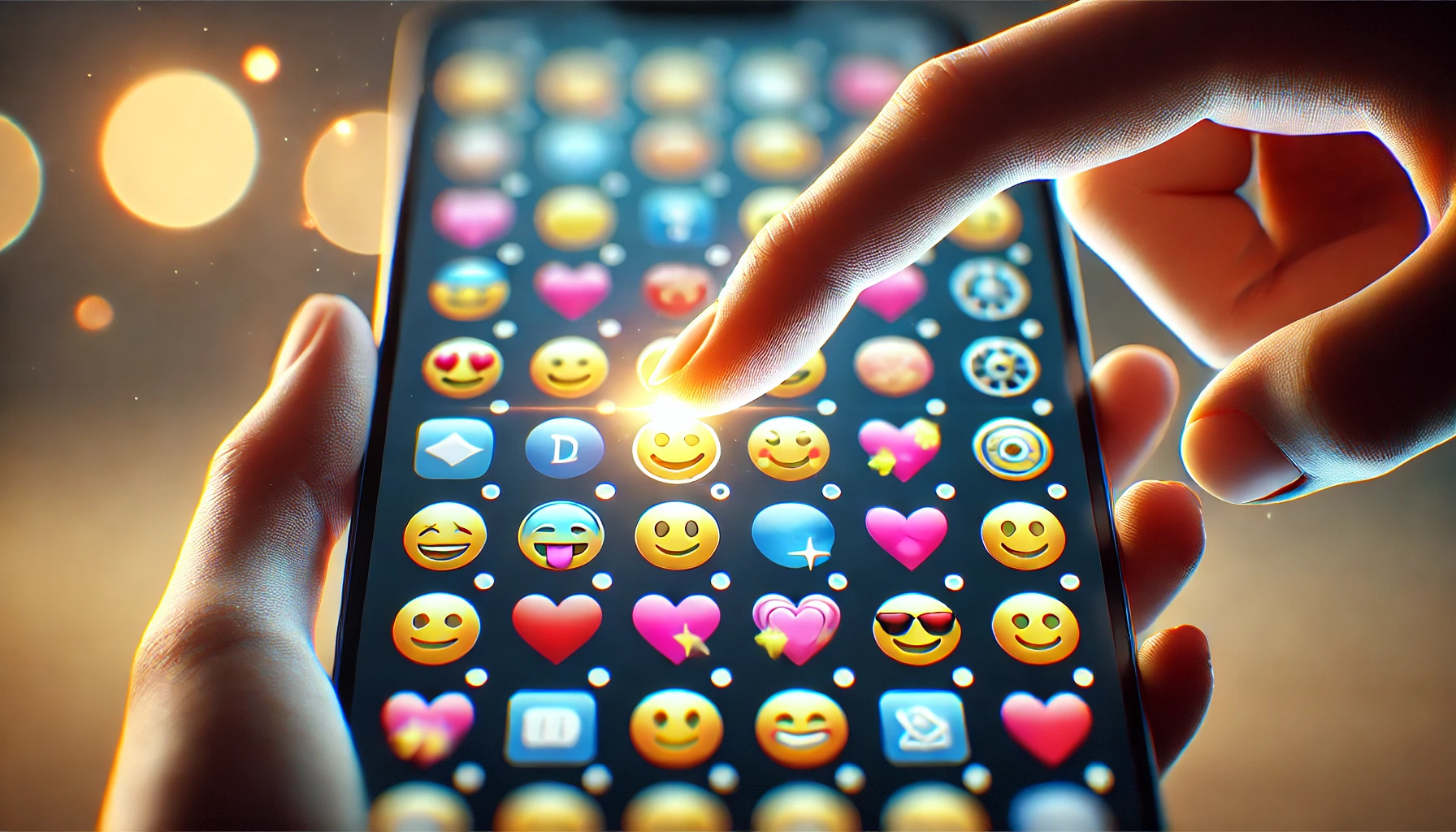
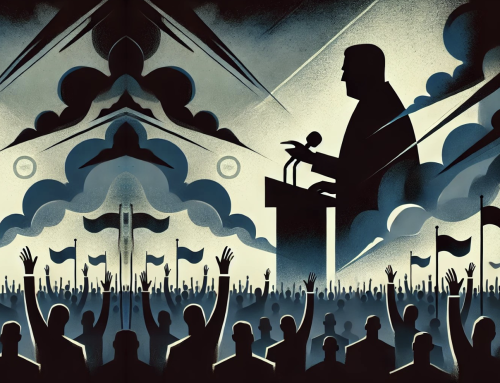
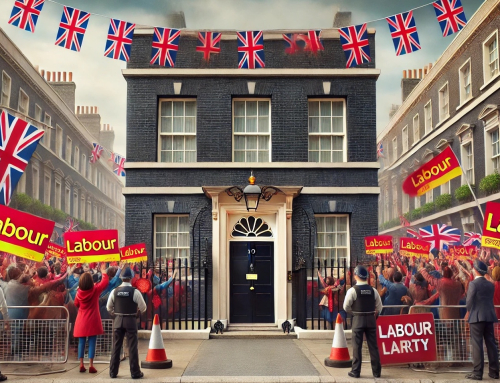
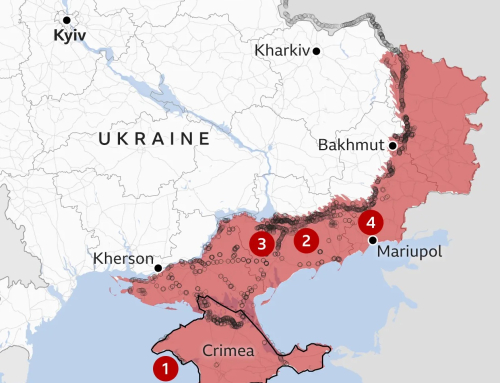
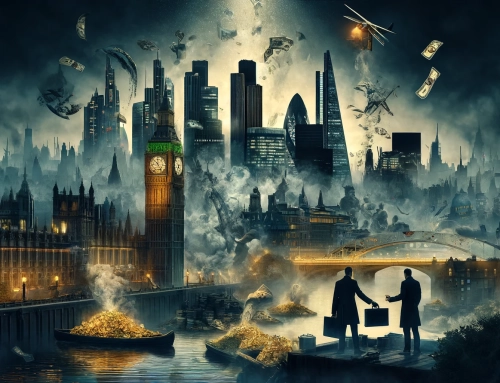

This is a very interesting blog. However, it reminds us that neither facial expressions nor gestures have a universal meaning. In other words, from a European perspective, one has to be mindful that cultural differences can lead to embarrassing misunderstandings.
😄👍